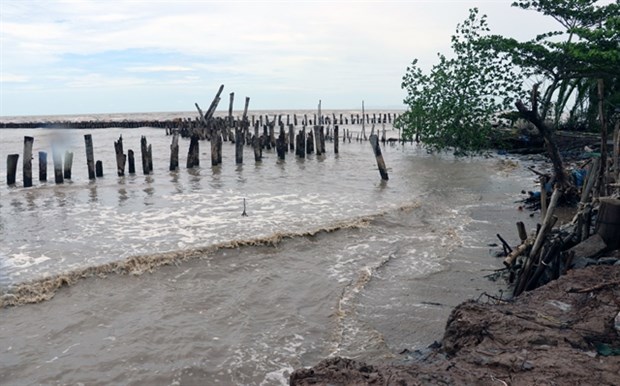Kien Giang mobilises all resources to counter coast erosion
The Mekong Delta province of Kien Giang has invested in a number of works to prevent coast erosion while improving livelihoods for local residents, using resources mobilised from all sources.
-
 Vietnam’s fertility plummets, workforce quality concerns mount: national survey
Vietnam’s fertility plummets, workforce quality concerns mount: national survey
- Vietnam seeks stronger cooperation with EU, Belgium in environment, sustainable development
- Mekong Delta emerging as plastic waste “hotspot”, experts warn
- Building a synchronous transport system to create momentum for economic development
- Government allocates 140 billion VND to support flood-hit provinces
- New laws on innovation, corporate income tax enacted from October 1
- Vietnam eyes 140,000-strong workforce to power high-speed rail network
- Ministry calls for drastic solutions to reduce air pollution
- Proactively respond to natural disasters
- Accelerating the embankment project in Kien Tuong Ward



